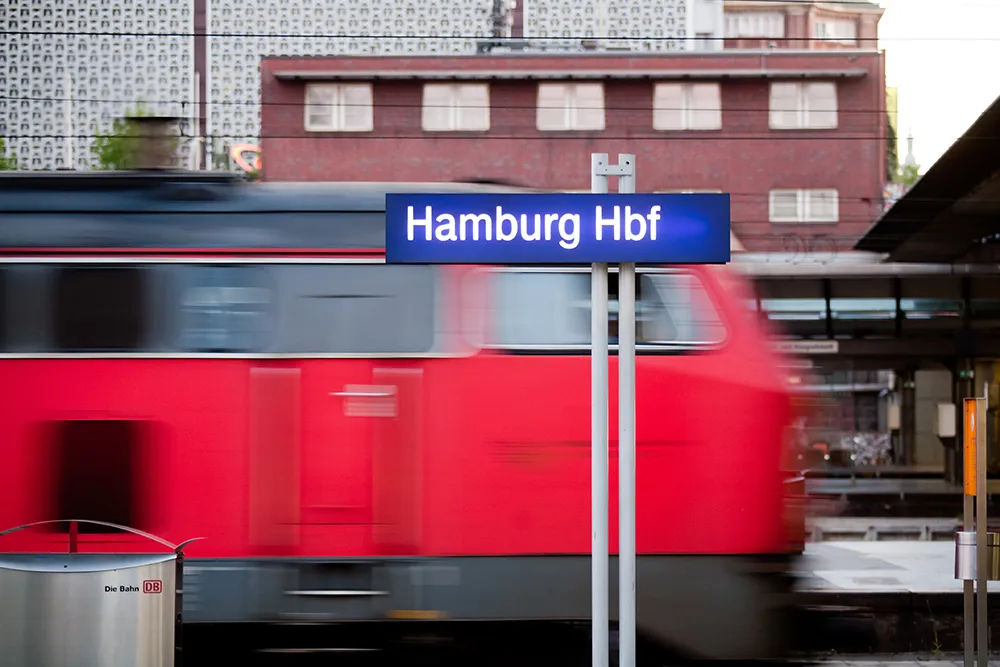As part of an ongoing commitment to safer cycling in New York, the Citi Bike program is installing a new safety feature, the Blaze Laserlight, on 250 bikes this winter, with the aim of making Citi Bike riders more visible to drivers and pedestrians.
The light uses laser technology to project a bike symbol six metres in front of the rider and, unlike the standard beam of bike lights, is visible from various perspectives.
According to Citi Bike, research on use of the Laserlight on London’s bike share f
January 16, 2017
Read time: 2 mins
As part of an ongoing commitment to safer cycling in New York, the Citi Bike program is installing a new safety feature, the 8234 Blaze Laserlight, on 250 bikes this winter, with the aim of making Citi Bike riders more visible to drivers and pedestrians.
The light uses laser technology to project a bike symbol six metres in front of the rider and, unlike the standard beam of bike lights, is visible from various perspectives.
According to Citi Bike, research on use of the Laserlight on London’s bike share fleet indicates that a cyclist with a Laserlight at night is more visible than a cyclist in daytime. Tests by491 TRL, the UK’s transport research body, comparing the Laserlight to a standard LED-only light found that, to a bus driver, visibility increased from 72 per cent to 96% per cent, with similar results for other vehicles.
The initiative also aims to grow ridership among women, whom studies have shown are more likely to ride in safer traffic environments with features like protected bike lanes and one-way streets.
The light uses laser technology to project a bike symbol six metres in front of the rider and, unlike the standard beam of bike lights, is visible from various perspectives.
According to Citi Bike, research on use of the Laserlight on London’s bike share fleet indicates that a cyclist with a Laserlight at night is more visible than a cyclist in daytime. Tests by
The initiative also aims to grow ridership among women, whom studies have shown are more likely to ride in safer traffic environments with features like protected bike lanes and one-way streets.








